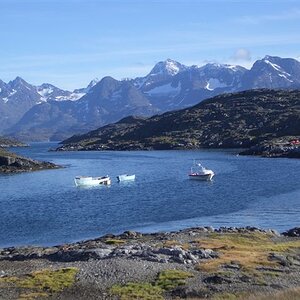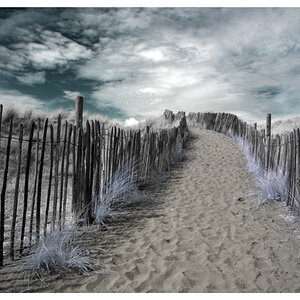dandaluzphotography
TPF Noob!
- Joined
- Nov 26, 2010
- Messages
- 670
- Reaction score
- 21
- Location
- NJ
- Can others edit my Photos
- Photos OK to edit
Hi Guys,
I've begun to play around with taking portraits at home of my family. I picked up a couple of softboxes (500 watts each) and a canvas backdrop. This whole concept is pretty new to me and I've been reading some things online about it, but I have a quick question about lighting for a home studio. Constant light versus flash lighting.
Aside from the heat produced by the constant light, is there any other thing to consider when choosing between the two? The way I see it, light is light. I'm probably missing something so I figured I would ask you guys.
Thanks,
Danny
I've begun to play around with taking portraits at home of my family. I picked up a couple of softboxes (500 watts each) and a canvas backdrop. This whole concept is pretty new to me and I've been reading some things online about it, but I have a quick question about lighting for a home studio. Constant light versus flash lighting.
Aside from the heat produced by the constant light, is there any other thing to consider when choosing between the two? The way I see it, light is light. I'm probably missing something so I figured I would ask you guys.
Thanks,
Danny


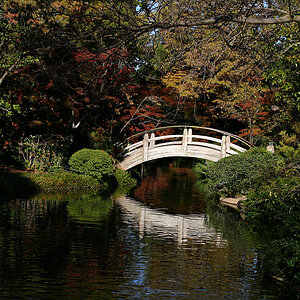
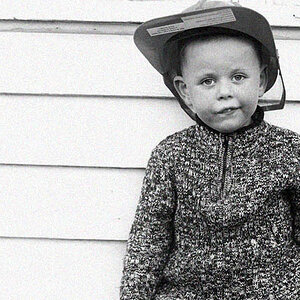

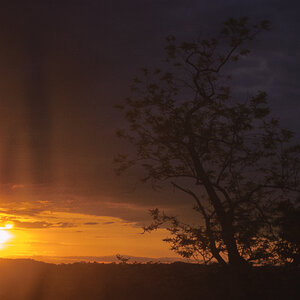
![[No title]](/data/xfmg/thumbnail/37/37104-99933b18ee16678a8299f12747336d48.jpg?1619737882)

![[No title]](/data/xfmg/thumbnail/36/36644-d48bde7a35945a119c05c18e8c748c27.jpg?1619737671)
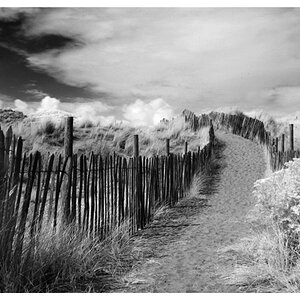
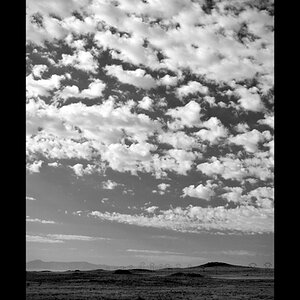
![[No title]](/data/xfmg/thumbnail/39/39184-d7e9fb25ed954af6adbcacfdf106df84.jpg?1619738904)
